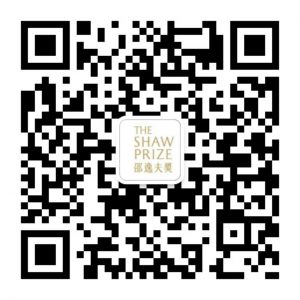for his proof of Fermat’s Last Theorem.
The equation
x2 + y2 = z2
has infinitely many solutions for which x, y and z are positive integers. The smallest such solution is
32 + 42 = 52
Pierre de Fermat was an eccentric jurist who lived in France during the 17th century, and whose real love was mathematics. His special love was the mysterious and beautiful properties of integers – the ordinary whole numbers of everyday arithmetic. Fermat published no scholarly papers, but he kept extensive notebooks in which one may find the beginnings of much of modern arithmetic.
While studying the ancient Greek text “Arithmetica” by Diofantus, Fermat came across the famous Pythagorean equation
a2 + b2 = c2
Andrew John Wiles, born 1953 is a professor at Princeton University. He earned his BA from Oxford University (1974) and PhD from Cambridge University, UK (1979). Following in the footsteps of his father, Professor Wiles went on to become an assistant professor at Harvard University. In 1982 he became a lecturer at the Institute for Advanced Studies and professor of mathematics at Princeton. In 1994 Professor Wiles was appointed Eugene Higgins Professor of Mathematics at Princeton.
He astonished the world’s mathematical community in 1994 when he unveiled his solution to Fermat’s Last Theorem. In 1996 he was awarded the Common Wealth Award for Science and Invention, and elected as a foreign member to the National Academy of Sciences of the United States.
